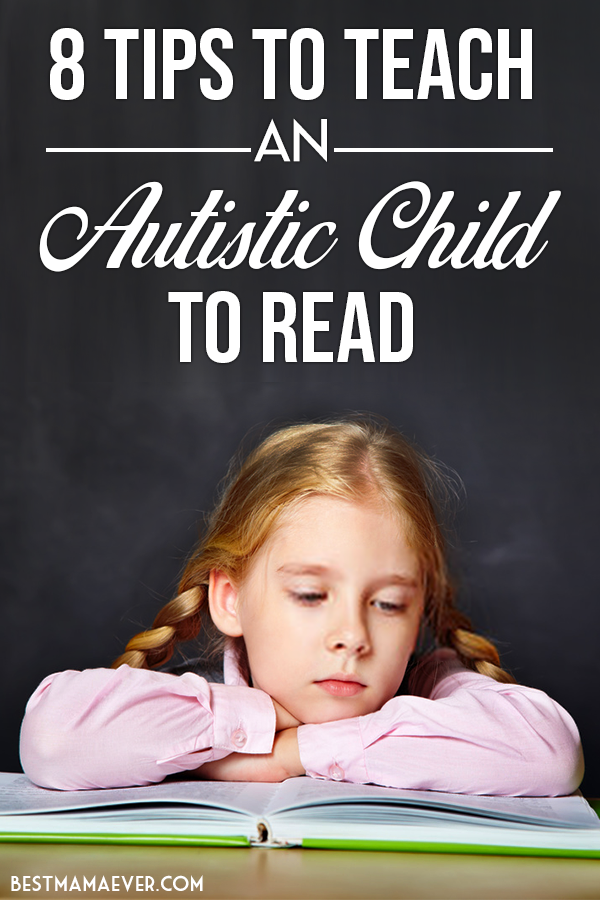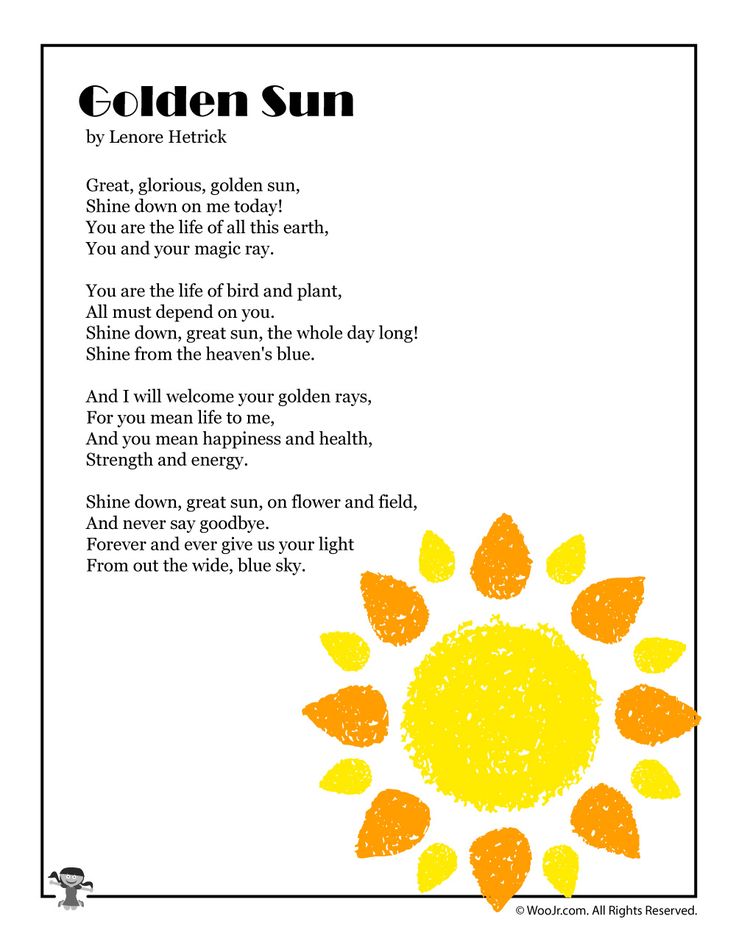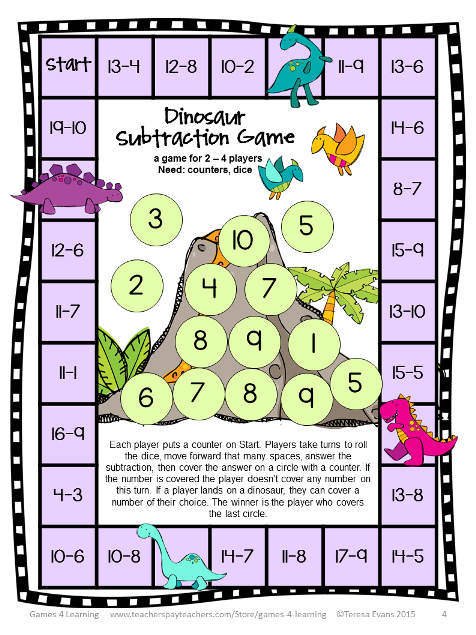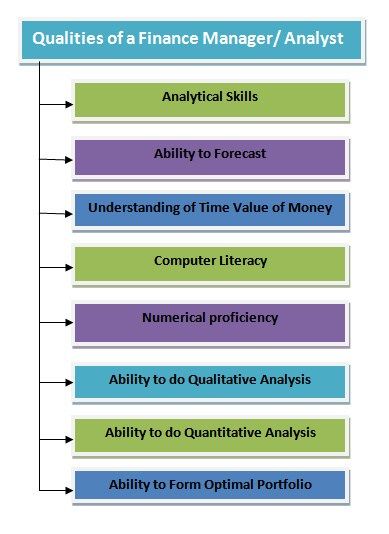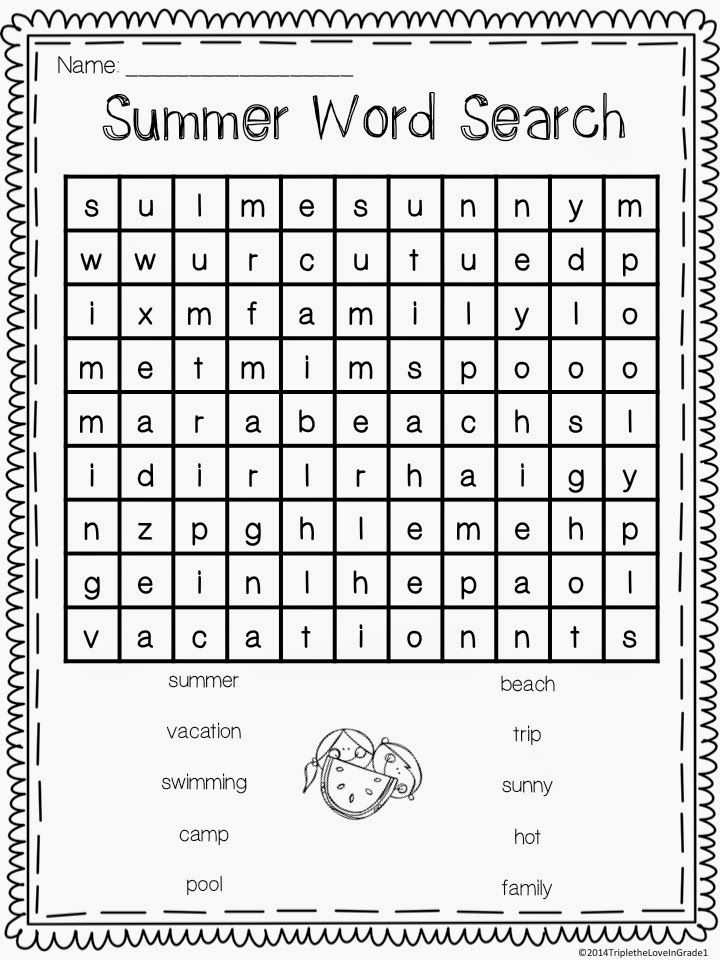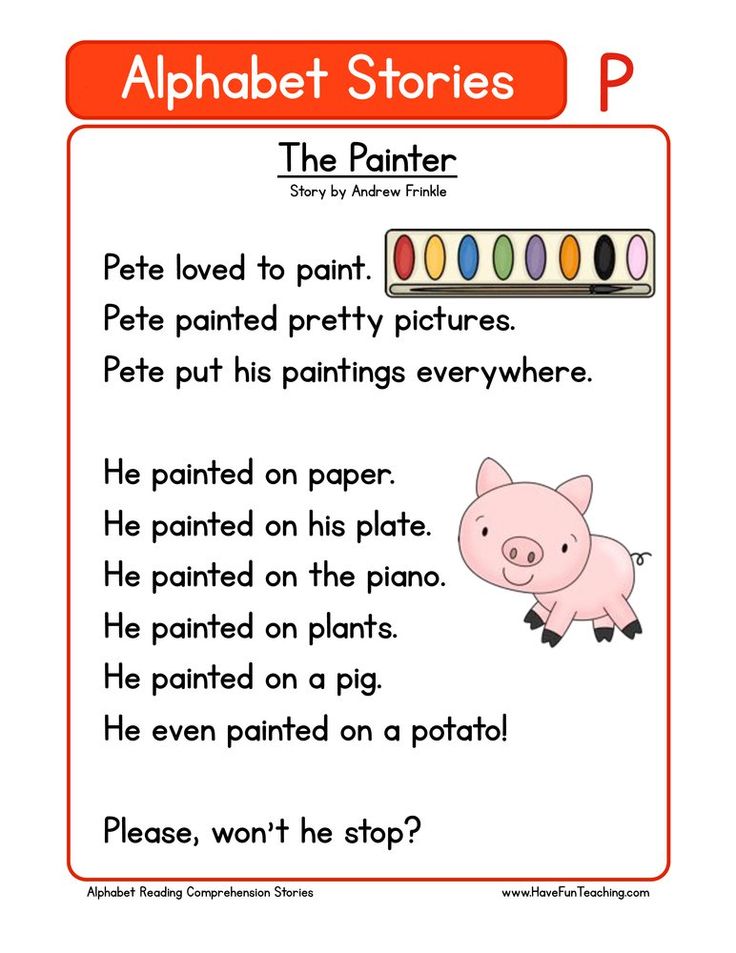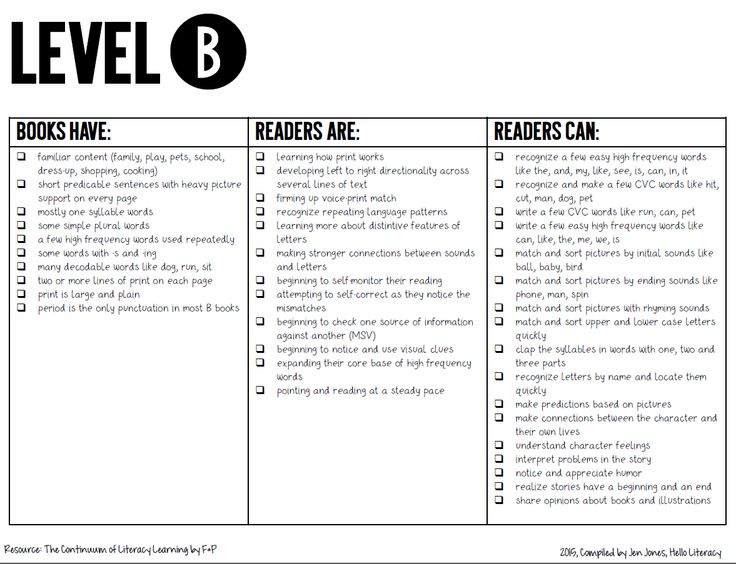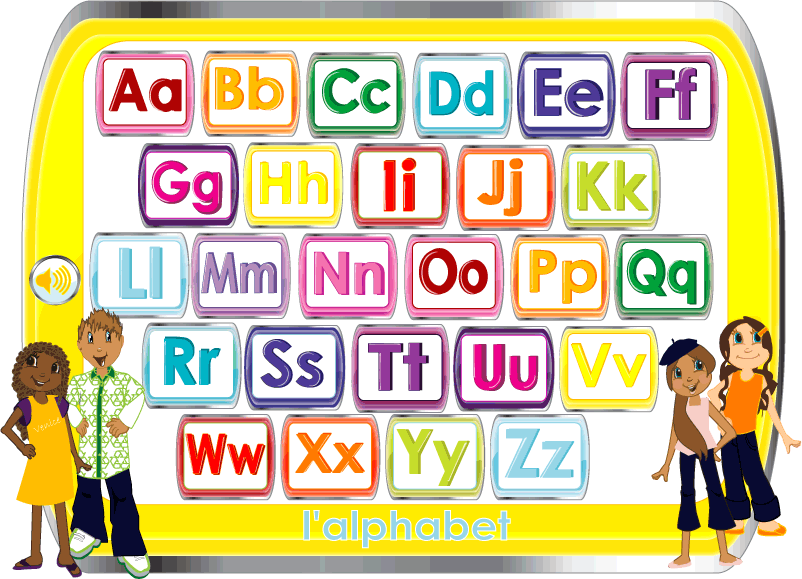Testing lexile levels
Lexile Levels: What to Know
If your child comes home from school with a report on Lexile level or measure, you may wonder what that number means. This measure, which is called the Lexile score, assesses your child’s reading level.
The Lexile measure is part of the Lexile Framework for Reading. It’s used with students from first through 12th grade.
There are a number of systems that match readers with texts at the right level of difficulty. But Lexile is widely used, and many students will find the books in their classroom organized by Lexile levels.
How Lexile matches readers with reading materials
The point of the Lexile system is to find the right level of reading material for students. The match is based on reading ability, not grade level in school. To make the match, the program assigns levels both to readers and to texts.
Students get a Lexile score after doing a reading assessment. Books and other texts get a Lexile level of difficulty that’s generated by special software. To find a book at the right Lexile level, a student will look for a book with a Lexile level that falls within a certain range — from a little below to a little above the student’s level.
Lexile can give you a sense of your child’s reading ability. But it shouldn’t be used as a way to compare your child to other kids the same age. Also, your child’s score doesn’t take into account other factors that go into finding a good match. These include motivation, interests, and background knowledge.
Lexile assessments and results
Your child’s Lexile level can be generated from various assessments. Each one looks at a different aspect of reading. The Scholastic Reading Inventory tests measure reading comprehension, for instance. The Aimsweb fluency assessment looks at how many words a child is reading correctly per minute.
If your child’s Lexile falls within a range that concerns you, ask the school which test or tests it used to come up with this level. If one assessment shows that your child reads slowly, it doesn’t necessarily mean there’s a problem with understanding the text.
The Lexile system isn’t a test to identify learning and thinking differences. It’s simply a guide to help kids find books at the right reading level. But Lexile level can be one way to monitor the reading progress your child makes over time.
When kids have trouble with reading, it’s important to know why. A full evaluation can pinpoint exactly where your child struggling. This might lead to targeted specialized instruction in reading through an .
Learn about the types of tests used to identify a child’s reading challenges. And watch as an expert talks about how to choose books for kids who struggle with reading. You can also discover tips to improve your child’s reading comprehension and learn more ways to encourage reluctant readers.
Key takeaways
The Lexile system can help predict which books a student will be able to read and understand.
Lexile assessments can’t identify learning and thinking differences.
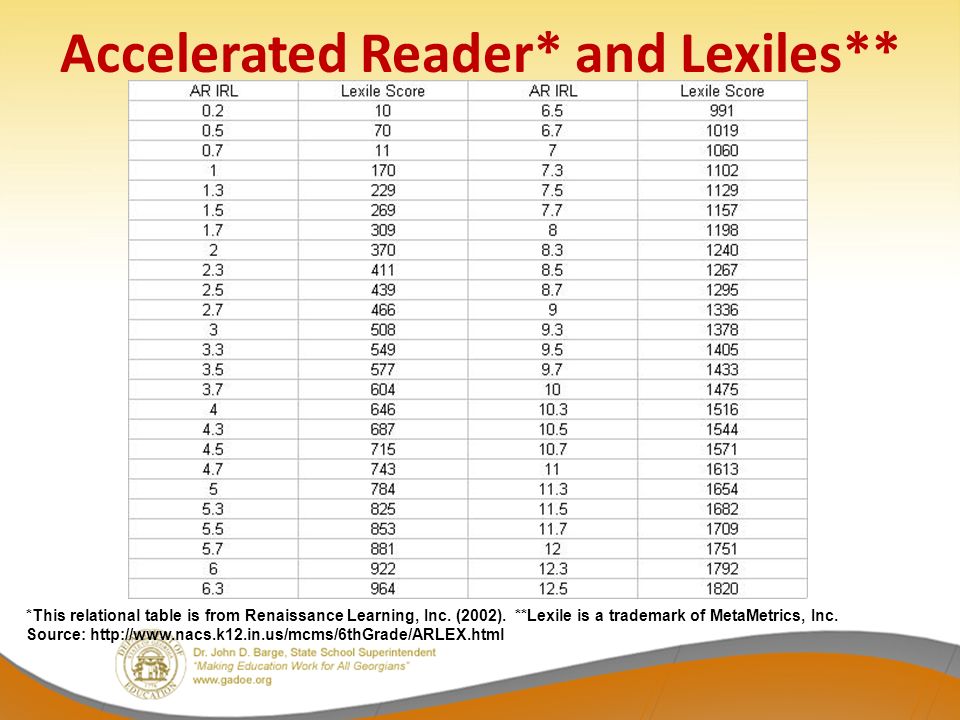
Lexile measures are one way to help monitor your child’s reading progress.
Lexile® Framework For Reading | NC DPI
The Lexile® Framework for Reading measures reading ability and text complexity on the same scale.
There are two Lexile measures: the Lexile reader measure and the Lexile text measure. A Lexile reader measure represents a student’s reading ability on the Lexile scale. A Lexile text measure represents a text’s difficulty level on the Lexile scale. Lexile measures are expressed as numeric measures followed by an “L” (for example, 850L), and represent a position on the Lexile scale. When used together, Lexile measures help a student choose a book or other reading material that is at an ideal difficulty to spur reading growth.
Today, Lexile measures are recognized as one of the most widely used reading metrics. Lexile measures connect learners of all ages with resources at the right level of challenge and monitor progress toward state and national learning standards. Lexile measures range from below 200L for beginning readers and text to above 1600L for advanced readers and text.
Lexile measures range from below 200L for beginning readers and text to above 1600L for advanced readers and text.
An important factor for readiness is students’ ability to read and understand texts of steadily increasing complexity as they progress through school. The Lexile Framework provides valuable insights into student readiness by measuring both the complexity of college and career texts and a student’s ability to comprehend these texts.
Lexile Tools and Resources
| Link to Resource | Description of Resource |
|---|---|
| An Introduction to the Lexile® Framework for Reading | This video introduces the Lexile Framework for Reading, how the Lexile Framework and Lexile measures can be used, and shows free tools and research-based resources for utilizing the Lexile measures. |
| The Lexile® & Quantile® Hub | The new Hub platform provides access to all of the free Lexile and Quantile tools that support student learning and growth in reading and math. NC Webinars on The Hub
|
| Lexile® Find a Book | Search among over half a million books using the Find a Book book browser that:
|
| Lexile Analyzer® | Paste or type in text of 1,000 words or less to discover:
|
| Lexile® WordLists | Create your own customized lists of consequential words from a collection of 40 million words based on general and academic domain K–12 vocabulary. Lists can be downloaded and printed. |
| Lexile® Career Database | Identify the Lexile level associated with the reading demands of a particular career in this new tool. |
| Lexile® Grade Level Chart | See how a large sample of students in grades K–12 who were administered tests that reported Lexile measures performed based on this 2010–2016 research. Interactive charts are provided for descriptive purposes only and not intended to be interpreted as state performance standards. |
| Lexile® Growth Planner | Chart a student's reading growth across different annual state assessments and forecast future growth. With the Growth Planners, you can:
|
| Lexile® Measures Manager | Determine a student's optimal reading or math measure when two assessments have resulted in significantly differing Lexile or Quantile measures.
|
| The Lexile® Framework for Reading Video | This six-minute animated video on the basic concepts and uses of the Lexile Framework for Reading is the perfect resource for educators and parents who are new to Lexile measures. |
| Lexile Educator Guide | This is a two-page overview of the benefits and usefulness of the Lexile Framework for Reading for Educators. |
| The Lexile Infographic | Everything you need to know about the Lexile® Framework for Reading in one easy to understand graphic. |
| Lexile® Map | The Lexile Map provides examples of popular books and sample texts on the Lexile scale ranging from 200L for beginning reader books to 1600L for more advanced texts. It's a quick reference guide that helps to show what a Lexile measure represents. |
| Parent’s Guide to the Lexile® Framework for Reading | This is a two-page overview of the benefits and usefulness of the Lexile Framework for Reading. |
| Lexile Measures at Home | This webpage details ways you can use a student's Lexile measure—and the Lexile measures of books and other reading materials—to foster literacy and learning at home. |
| EOG English Language Arts/Reading and EOC English II Performance Standards Reported in Lexile® Measures | This document includes a chart which provides End-of-Grade English Language Arts/Reading and End-of-Course English II performance standards (achievement levels) in the Lexile measure.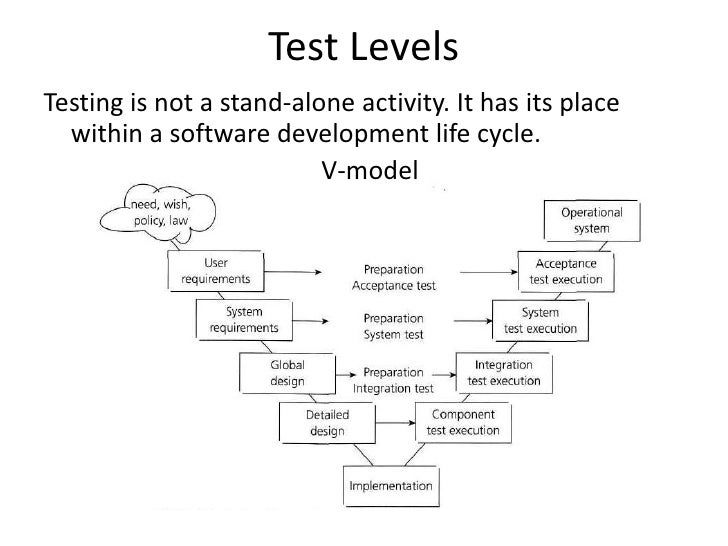 |
| Linking the NC EOG English Language Arts/ Reading and EOC English II with the Lexile® Framework (Updated April 2015) | Linking assessment results with the Lexile Framework provides a mechanism for matching each student’s reading ability with text on a common scale. It serves as an anchor to which resources, concepts, skills, and assessments can be connected allowing parents, teachers, and administrators to speak the same language |
More information about the Lexile Framework can be found at Lexile.com.
Testing by TORFL levels (A1-C2) - Testing Center for Foreign Citizens
LEVELS OF RUSSIAN AS A FOREIGN LANGUAGE FOR NON-RESIDENTS OF THE RF
In accordance with the Order of the Ministry of Education and Science of the Russian Federation dated April 1, 2014 N 255 Moscow "On approval of the levels of proficiency in Russian as a foreign language and requirements for them"
establishes the following levels of proficiency in Russian as a foreign language for non-residents of the Russian Federation:
| Elementary TEU | possession of the minimum necessary vocabulary in a limited set of everyday situations (up to 780 lexical units) |
| Basic TBU | possession of basic vocabulary for everyday and socio-cultural communication; (up to 1300 lexical units) |
| First certification TORKI-I | confident possession of the basic vocabulary in everyday life, educational and cultural spheres; the right to enter the bachelor's program of Russian universities (up to 3000 lexical units) |
| Second certification T RKI-II | a sufficiently high level of language proficiency in various situations, incl.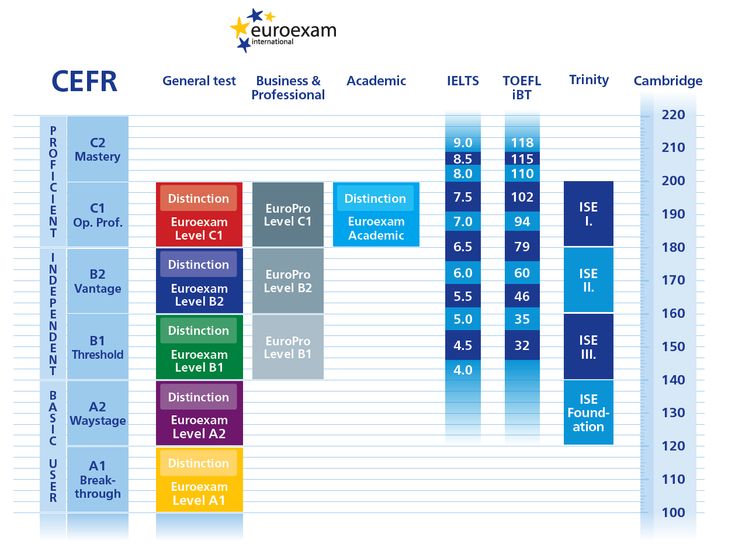 in the socio-cultural, educational, and professional fields; the right to enter the master's program of universities of the Russian Federation / non-philologist (up to 10,000 lexical units) in the socio-cultural, educational, and professional fields; the right to enter the master's program of universities of the Russian Federation / non-philologist (up to 10,000 lexical units) |
| Third certification TORKI-III | high level of language proficiency in all areas of communication, incl. in the research field; the right to enter the master's program of Russian universities / philologist (up to 12,000 lexical units) |
| Fourth certification TORKI-IV | fluent level of language proficiency - spontaneous speech close to the level of a native speaker (up to 20,000 lexical units) |
The format and content of the exams correspond to those of the European Educational System:
| Council of Europe Level Scale | Russian scale of levels and certificates | European scale of levels and certificates* | |
| A1 | Breakthrough | Elementary (TEU) | Beginner |
| A2 | Waystage | Basic (TBU) | elementary (Key English Test - KET) |
| B1 | Threshold | First certification (TORKI-I) | intermediate nine0002 (Preliminary English Test - PET) |
| B2 | Vantage | Second certification (TORKI-II) | Upper Intermediate (First Certificate in English - FCE) |
| C1 | Effective operational proficiency | Third certification (TORKI-III) | Advanced (English Certificate in Advanced English – CAE) |
| C2 | Mastery | Fourth certification (TORKI-IV) | Proficiency (English Certificate of Proficiency in English - CPE) |
*In the system of international Cambridge certificates developed by the Cambridge English Language Assessment division of the University of Cambridge.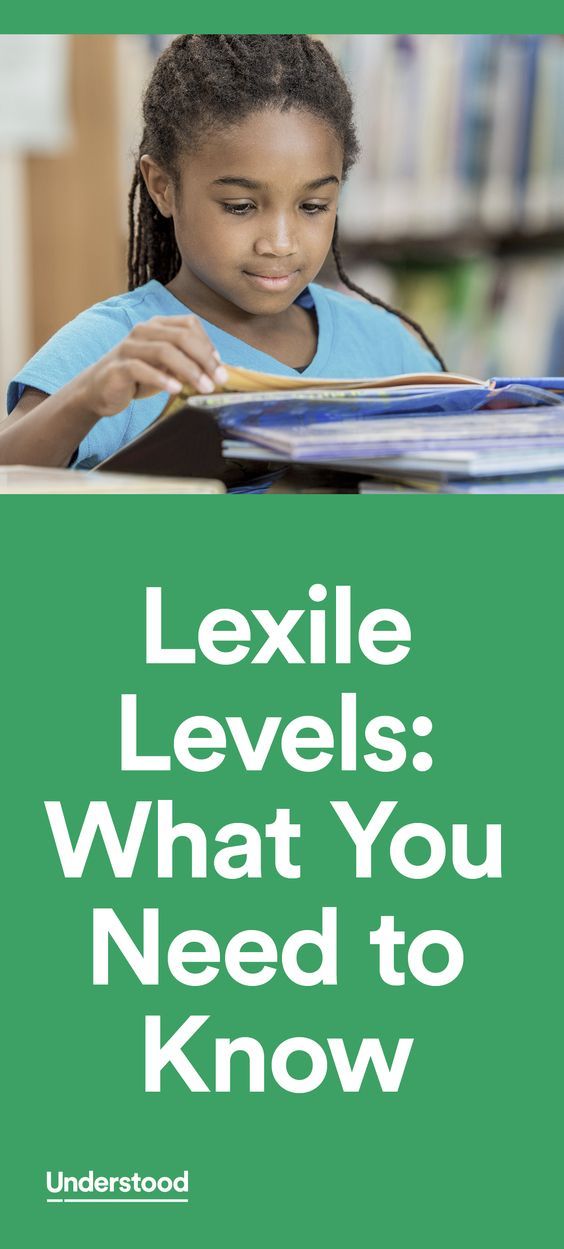
TESTING PROCEDURE
Testing for each level is carried out within 2 days and consists of of 5 subtests:
| 1 day | 1. Vocabulary. Grammar |
| 2. Reading | |
| 3. Letter | |
| Day 2 | 4. Listening |
| 5. Speaking |
TEST DURATION
| SUB TEST | TEU | TBU | TORKI-I | TORKI-II | TORKI-III | TORKI-IV |
| Vocabulary. Grammar | 50 min. | 50 min. | 60 min. | 90 min. | 90 min. | 60 min. |
| Reading | 50 min. | 50 min. | 50 min. | 60 min. | 75 min. nine0017 | 80 min. |
| Letter | 50 min. | 50 min. | 60 min. | 60 min. | 60 min. | 60 min. |
| Listening | 30 min. | 35 min. | 35 min. | 35 min. | 35 min. | 40 min. |
| Speaking | 30 min. | 25 min. | 25 min. nine0017 | 35 min. | 40 min. | 50 min. |
EVALUATION OF TEST RESULTS
- When performing a test, you must meet the allotted time.
- To successfully pass the exam, you must score at least 66% (out of 100% possible) in 4 out of 5 subtests; at the same time, the 5th subtest is considered successfully completed if at least 60% (out of 100% possible) are scored on it.
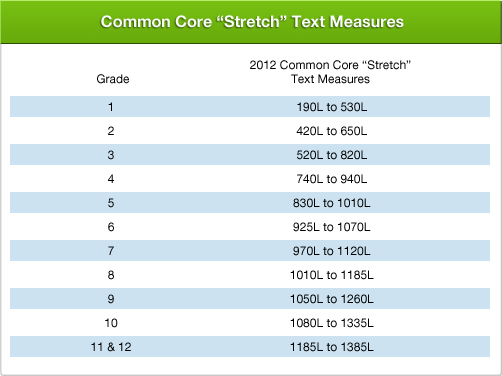
- If a test-taker has not completed one of the subtests, he has the right to re-test for this part within 2 years. In this case, for this period, a Certificate of passing the test is issued, which indicates all the results obtained. *
*The results of successfully passed subtests are taken into account when retaking the exam.
REQUIREMENTS FOR THE FORMAT OF TESTING
You can learn more about the state requirements for the format of testing here: )
State Standard (TORKI-III)
State Standard (TORKI-IV)
TYPE TESTS
Here you can find standard tests for all certification levels:
Type test (TEU / A1)
Type test (TBU / A2)
Type test (TORKI-I / B1)
Type test (TORKI) -II / B2)
Type test (TORFL-III / C1)
Type test (TORFL-IV / C2)
Tests TORFL of St. Petersburg State University
St. Petersburg State University (SPbSU) is the first university in Russia . It was founded on January 22, 1724 by the decree of Emperor Peter I. Today, more than 30 thousand students and graduate students study at 23 educational and scientific departments of the university. Since 2018, St Petersburg University has consistently remained the most attractive university for foreign citizens who come to Russia to study. nine0005
It was founded on January 22, 1724 by the decree of Emperor Peter I. Today, more than 30 thousand students and graduate students study at 23 educational and scientific departments of the university. Since 2018, St Petersburg University has consistently remained the most attractive university for foreign citizens who come to Russia to study. nine0005
The university provides ample opportunities for foreigners to get acquainted with the Russian language and touch Russian culture and history. You can listen to SPbU online courses, take a virtual tour of SPbU, tour the museums of the university, get acquainted with SPbU publications, and also sign up for the additional educational program "Russian as a foreign language".
The SPbU Language Testing Center was established on August 22, 1997 in order to organize and conduct state testing in Russian as a foreign language (TORFL). For more than 20 years, St Petersburg University has been one of the leaders in testing foreign citizens and provides its services to individuals and organizations.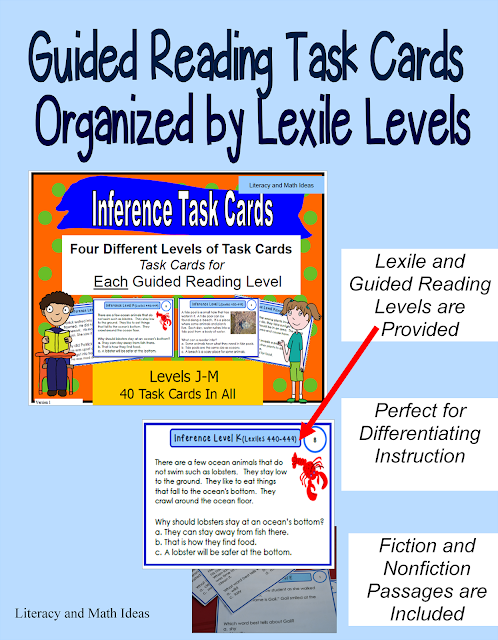 nine0005
nine0005
By order of the Ministry of Science and Higher Education of the Russian Federation dated July 6, 2019 No. 471, Saint Petersburg State University was included in the list of educational organizations that conduct testing in Russian as a foreign language, and is authorized to issue a state certificate.
The certificate issued by St Petersburg University is the only official document confirming the level of proficiency in Russian as a foreign language in accordance with the Common European Framework of Reference for Languages (CEFR), both in Russia and abroad. nine0005
- This is a modern Russian language test for foreign citizens that meets the best international quality standards. TORFL is 6 different levels, from elementary (A1) to fourth certification (C2).
- These are 5 subtests that test language competencies in various areas of language use: “Writing”, “Vocabulary. Grammar, Reading, Listening and Speaking.
Successful passing of the test means that the candidate has a minimum level of knowledge of the Russian language, sufficient for a limited number of situations in everyday communication.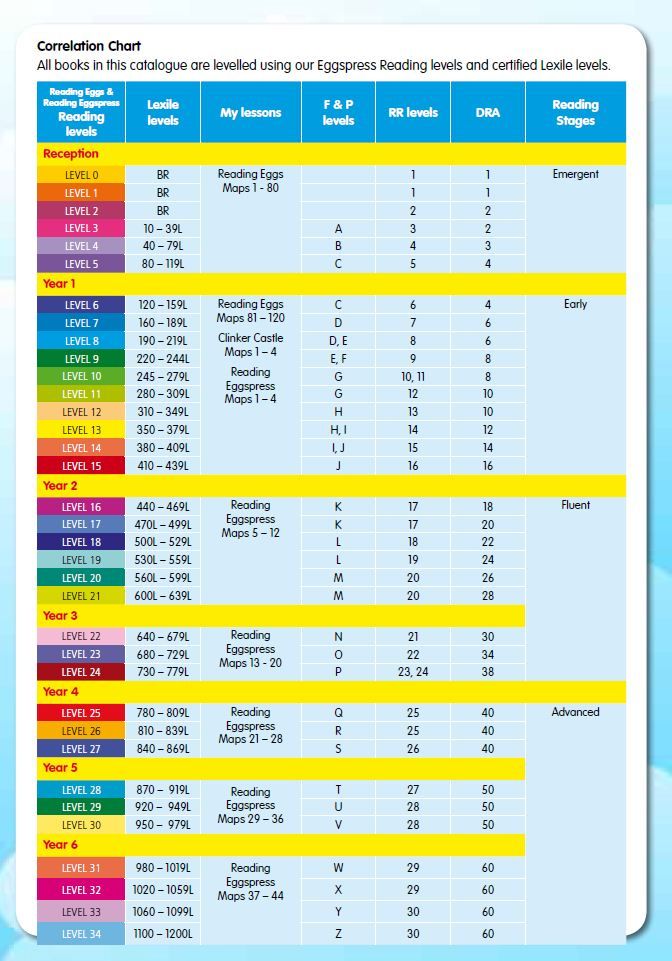 Also, an elementary level certificate means that the candidate has sufficient and necessary knowledge to further study the language and achieve the next (basic) level of general knowledge of the Russian language. nine0005
Also, an elementary level certificate means that the candidate has sufficient and necessary knowledge to further study the language and achieve the next (basic) level of general knowledge of the Russian language. nine0005
Model test (.pdf )
Demonstration test developed at St. Petersburg State University. Elementary level (TEU / A1) (.pdf)
Successful passing of the test means that the candidate has an initial level of knowledge of the Russian language, sufficient for basic communication needs in a limited number of situations in everyday and cultural areas of communication. The basic level is the minimum basis for engaging in any professional activity in a limited amount. TBU is the minimum level of knowledge of the Russian language required for entry into the citizenship of the Russian Federation. nine0005
Model test (.pdf)
Demonstration test developed at St. Petersburg State University. Basic level (TBU / A2) (.pdf)
Successful passing of the test means that the candidate has an average level of Russian language proficiency, which allows the candidate to meet the basic communication needs in everyday, educational and professional areas of communication in accordance with the state standard of the Russian language as foreign language. A certificate of this level is required for admission to a Russian higher education institution. A certificate of the specified level gives additional points for admission to St. Petersburg State University for undergraduate programs. nine0005
A certificate of this level is required for admission to a Russian higher education institution. A certificate of the specified level gives additional points for admission to St. Petersburg State University for undergraduate programs. nine0005
Model test (.pdf)
Demonstration test developed at St. Petersburg State University. First level (TORFL-I / B1) (.pdf)
Successful passing of the test means that the candidate has a sufficiently high level of Russian language proficiency, which allows the candidate to satisfy communication needs in all areas of communication. Language proficiency at this level allows a person to conduct professional activities in Russian as a specialist in engineering, humanitarian and natural sciences. The presence of this certificate is necessary for obtaining a bachelor's or master's degree. A certificate of the specified level gives additional points for admission to St Petersburg University for master's programs. nine0005
Model test (. pdf)
pdf)
Demonstration test developed at St. Petersburg State University. Second level (TORFL-II / B2) (.pdf)
Successful passing of the test means that the candidate can conduct professional activities in Russian as a philologist, translator, editor, journalist, diplomat, manager working in a Russian-speaking team.
Model test (.pdf)
Demonstration test developed at St. Petersburg State University. Third level (TORFL-III / C1) (.pdf)
Successful passing of the test means that the candidate speaks Russian at a high level, comparable to that of a native speaker. The presence of this certificate is necessary to obtain a master's degree in philology, which gives the right to all types of teaching and research activities in the field of the Russian language.
Model test (.pdf)
Demonstration test developed at St. Petersburg State University. Fourth level (TORFL-IV / C2) (.pdf)
The test of each level includes 5 subtests: “Grammar.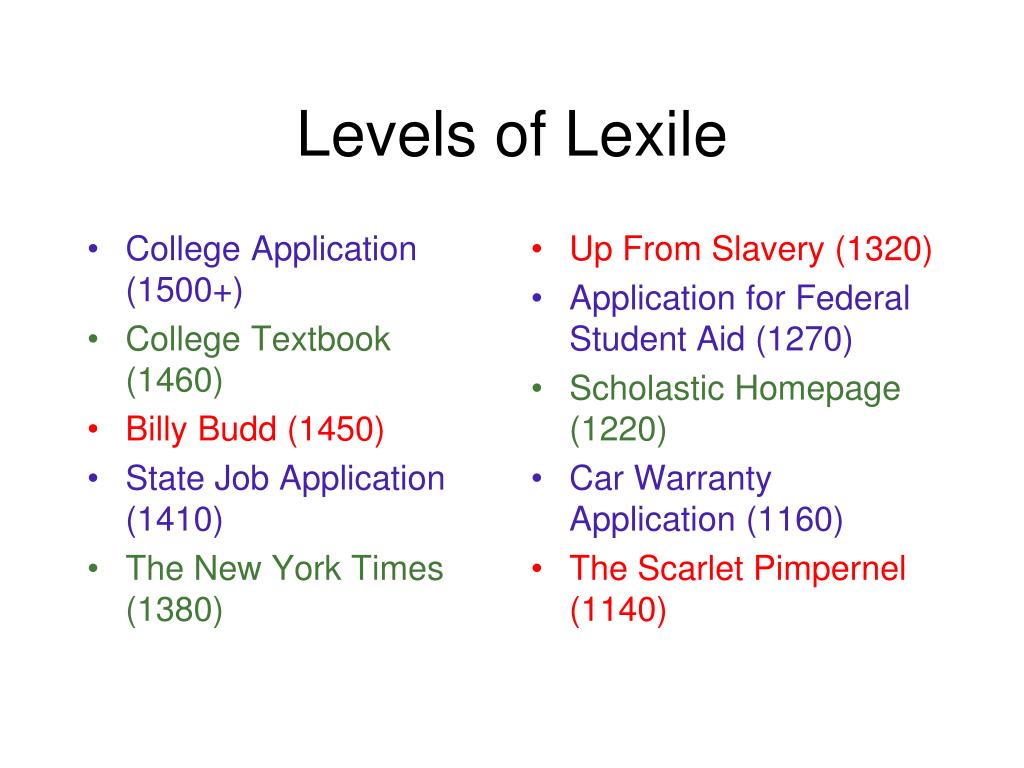 Vocabulary”, “Reading”, “Writing”, “Listening”, “Speaking”. nine0005
Vocabulary”, “Reading”, “Writing”, “Listening”, “Speaking”. nine0005
The most common test is the first level (TORFL-I)/B1, so I will briefly characterize each subtest using the example of the TORFL-I/B1 level.
Subtest “Vocabulary. Grammar” is aimed at checking the lexical minimum. The main composition of the active dictionary of this level serves the everyday and socio-cultural spheres of communication.
The "Reading" subtest is aimed at testing the skills of understanding a text with complex grammatical structures, various expressive means of the language, as well as the ability to work with text. nine0005
The "Writing" subtest is aimed at testing the skills and abilities in expressing one's communicative goals in writing using various communicative forms and means.
The "Listening" subtest is aimed at testing the ability to understand by ear the information contained in the statement and dialogue: the topic, the main idea, the main and additional information of each semantic part of the message with sufficient completeness, depth and accuracy.
The "Speaking" subtest is aimed at testing the skills and abilities to independently produce coherent statements corresponding to the proposed topic; build statements on the basis of a read or listened to text of various semantic structures and directions; convey the content, the main idea of the text read or listened to. nine0005
St Petersburg University testing centers abroad
The exam is held in 100 centers in more than 40 countries from Argentina to Japan.
Now you can test your skills by passing the state testing in Russian as a foreign language (TORFL) at St. Petersburg University without even leaving your home!
Impact index
The certificate is recognized by more than 1000 organizations (including the UN) in the UK, Greece, Germany, Spain, Italy, China, Korea, Poland, Turkey, Switzerland and other countries. nine0005
St. Petersburg State University is an affiliated member of ALTE .
| Level | Testing cost, currency |
| Elementary level (TEU/A1) | 100€ |
| Basic level (TBU/A2) | 100€ nine0017 |
| First certification level (TORKI-I/B1) | 100€ |
| Second certification level (TORKI-II/B2) | 100€ |
| Third certification level (TORKI-III/C1) | 100€ |
| Fourth certification level (TORKI-IV/C2) | 100€ |
| Level | Date |
| Elementary level (TEU/A1) | 10-11/06-2021; 20-21/10/2021 |
| Basic level (TBU/A2) | 10-11/06-2021; 20-21/10/2021 nine0017 |
| First certification level (TORKI-I/B1) | 10-11/06-2021; 20-21/10/2021 |
| Second certification level (TORKI-II/B2) | 10-11/06-2021; 20-21/10/2021 |
| Third certification level (TORKI-III/C1) | 10-11/06-2021; 20-21/10/2021 | nine0020
| Fourth certification level (TORKI-IV/C2) | 10-11/06-2021; 20-21/10/2021 |
Candidates for obtaining a certificate of passing the Russian Language Test with disabilities, who have a disability, are tested on an individual basis.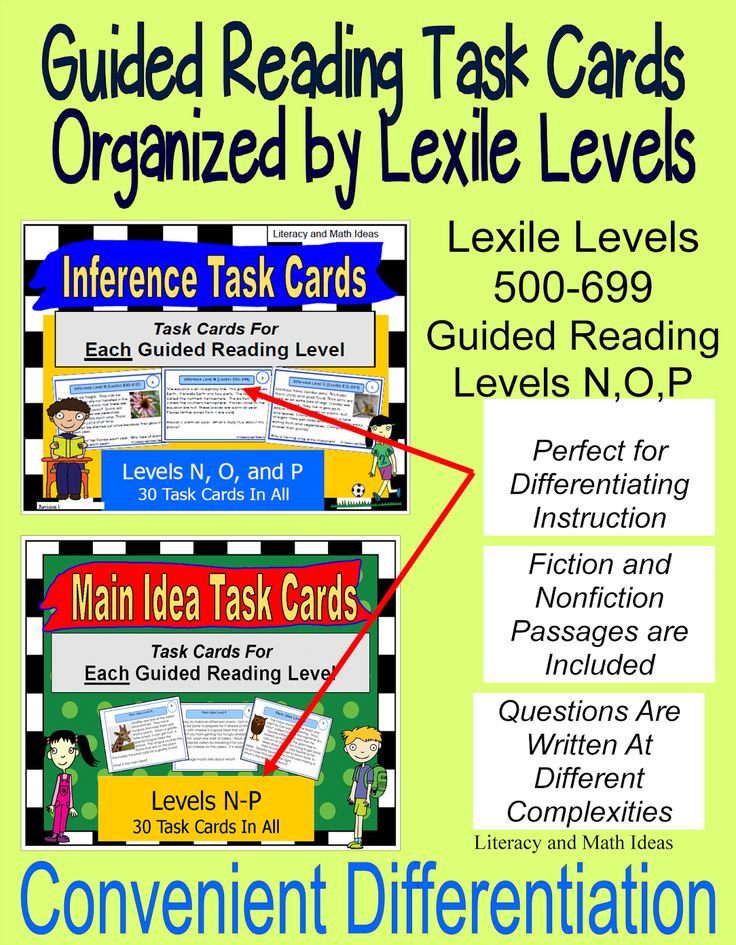 [1]
[1]
Training tests to prepare for the state testing in Russian as a foreign language are available on the St Petersburg University website. nine0005
To register for the Test, you must submit an application and pay the cost of the exam on the website of the Center for Modern Languages of the University of Granada during the period allotted for this.
Language Testing Center of St. Petersburg State University:
Address: Nab. Lieutenant Schmidt, 11/2
St. Petersburg, 199034,
Russia.
Working hours: weekdays, 09:00 – 18:00
Phone: (812) 325 11 24
E- Mail: @Email
Web site: http://testingcenter.spbu.ru/
Instagram: Torfl_SPBU
9000
SPbUU Publication SPbSU (https: // puglisin. spbu.ru/catalog/periodicheskie_izdaniya/),
Virtual tour of the University (https://spbu.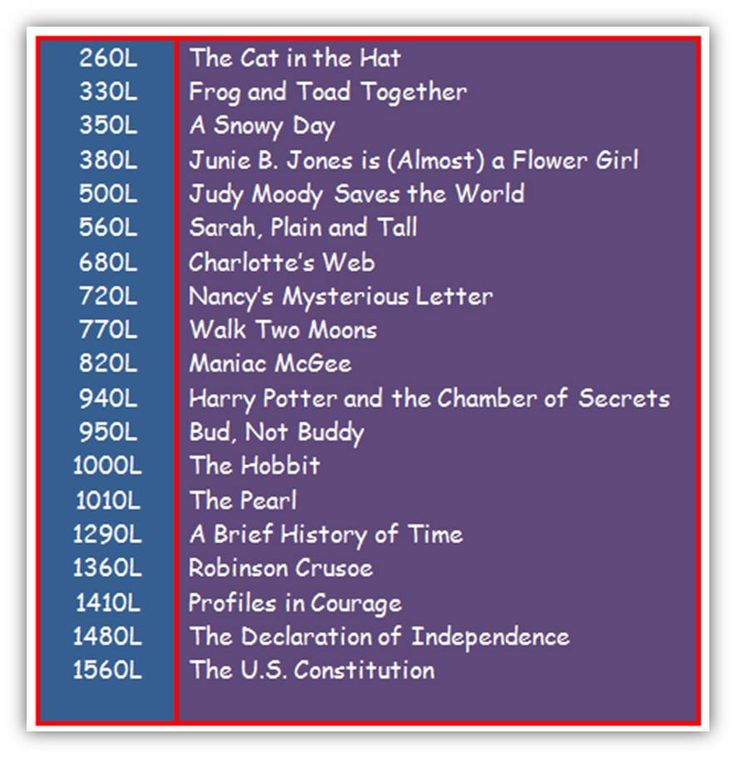

 Read tool descriptions below or visit the Hub at hub.lexile.com.
Read tool descriptions below or visit the Hub at hub.lexile.com. 
